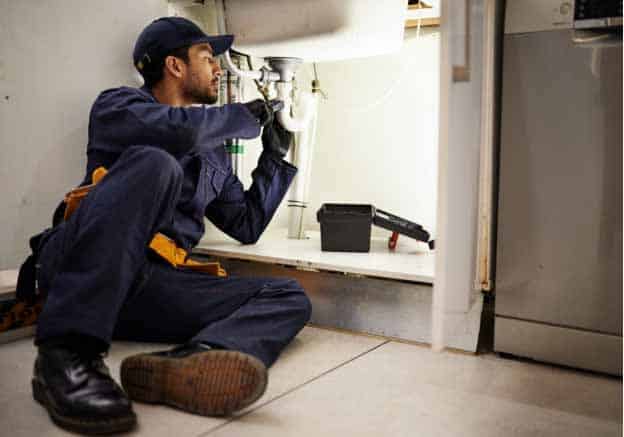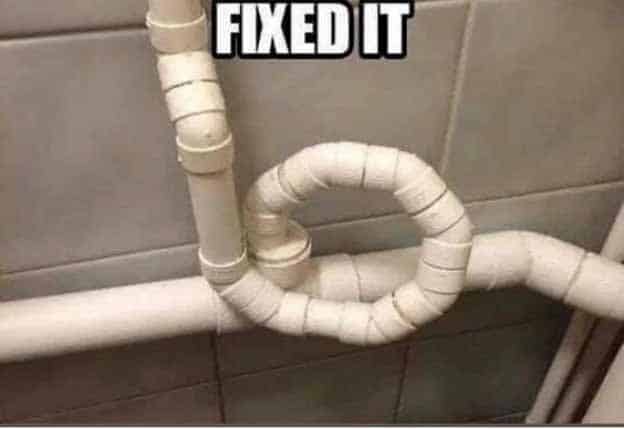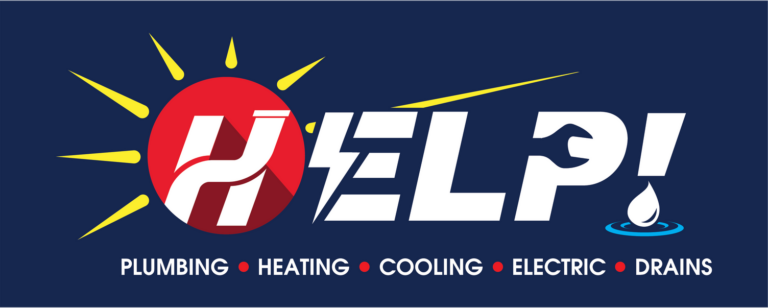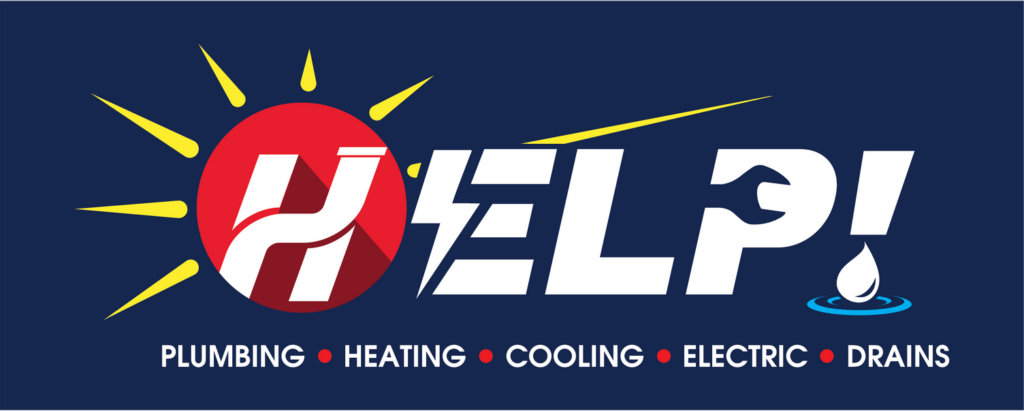If you haven’t ever measured plumbing pipes before you might think it is a complicated task. But measuring your pipes before you install them is a very important step to ensuring your plumbing is done right. In this article, we’ll give you tips and tricks for installing your pipes and walk you through how to measure them on your own.
How Do You Measure Plumbing Pipes?
The two main measurements that plumbers and you should worry about when it comes to pipe measurements are the Outside Diameter (OD) and the Nominal Pipe Size (NPS). Each plumbing pipe material can be measured differently depending on what type you have.
Typically, plumbers will refer to the NPS when they are speaking about and shopping for pipes. The OD is the width of the outside of the plumbing pipe. To find a pipe’s NPS you’ll need to reference an ASME chart with the OD measurement. OD and NPS are two different measurements.
How Will You Know What Size Pipe You Have?
If you look at your plumbing pipe, you will see the size printed or labeled on the pipe. All fittings and plumbing pipes will be labeled or printed with the NPS. Copper piping is always labeled with the type of copper the pipe is made out of. Plastic pipes will have a printed section on the side that has the thickness, size, and which plastic material it is composed of.
Measuring Your Pipes
Finding a pipe’s size can be done by using a few different methods. Here we’ll explain each method to you so you can do this on your own. The below charts will be needed to find the NPS from the OD measurement that you take.
Copper Pipe NPS Reference Chart
| Copper Pipe Size | Outside Diameter | Pipe Circumference |
| 1/2″ | 5/8″ | 2″ |
| 3/4″ | 7/8″ | 2-5/8″ |
| 1″ | 1-1/8″ | 3-1/4″ |
| 1-1/4″ | 1-3/8″ | 4-1/8″ |
| 1-1/2″ | 1-5/8″ | 5-1/8″ |
| 2″ | 2-1/8″ | 6-5/8″ |
| 3″ | 3-1/8″ | 9-3/4″ |
| 4″ | 4-1/8″ | 13″ |
PVC, ABS, CPVC, Brass, and Steel Pipe NPS Reference Chart
| Plastic/Metal Pipe Size | Outside Diameter | Pipe Circumference |
| 1/2″ | 7/8″ | 2-5/8″ |
| 3/4″ | 1-1/8″ | 3-1/4″ |
| 1″ | 1-3/8″ | 4-1/8″ |
| 1-1/4″ | 1-5/8″ | 5-1/4″ |
| 1-1/2″ | 1-7/8″ | 6″ |
| 2″ | 2-3/8″ | 7-1/2″ |
| 3″ | 3-3/8″ | 11″ |
| 4″ | 4-3/8″ | 14-1/8″ |
Direct Diameter Measurement
If you have the open end of your pipe available you can easily measure the pipe’s direct diameter to find the OD measurement. However, if the pipe has been installed and no open end is available, this method won’t work. Take a ruler or measuring tape and directly measure across the end of the pipe. This measurement will be the pipe’s direct diameter.
Outside Diameter Measurement
A good option for when a pipe is already installed is to measure the pipe’s outside diameter. You do this by using a set of calipers and measuring the outside diameter of the pipe.
Circumference Measurement
Getting your pipe’s circumference and doing a little math will give you the pipe’s diameter. We’ll walk you through the process so that it doesn’t get confusing.
- Wrap a flexible tape or string around the pipe.
- Take down the string or tape’s measurement.
- Divide that number by pi (pi=3.1415). This will give you the pipe’s diameter.
- Use the charts above to find the NPS of your pipe.
Pipe Installation Tips
If you have a single old or broken pipe, installing your new pipe on your own might be a good solution. However, if the plumbing job is complicated you should always rely on a licensed plumber to complete the repair. Here are some tips on how to install your water pipes.

Utilize PEX Pipes
If you’re looking to replace a small section of your water pipes, it’s highly recommended that you consider using PEX pipes. This is a plastic type of piping that has great benefits for your plumbing system. They typically cost less than other pipe materials, cut easily, use simple fittings to attach to other pipes, and are flexible. The installation process will run a lot smoother if you use PEX.
Get The Correct Size Pipe
One of your first steps to knowing if you have the right pipe size is to check your local codes. The right size pipe is essential to doing the job correctly because they are very specific to certain parts of your plumbing system. Ensure that you have the right size by following the steps you’ve learned on how to measure them.

Stick With The Same Pipe Materials
When two kinds of materials or metals make contact in your water lines corrosion will occur. Assess your current plumbing system and match it up with the same piping material that is currently being used. If you would like to use a different material than what your old or current pipes are made from, you’ll need to use special fittings.
Examine Fittings
The pipe fitting is what will redirect water through your system and attach two pipes together. Leaks can happen in your pipes when the fitting is not attached properly to both pipes. Examine your fittings to ensure that you have the correct ones since different materials will require different fittings.
Dry-Fit First
Before you permanently attach your pipes together, it’s a good idea to dry-fit them to ensure you have the correct size pipe. This will allow your plumbing system to function properly once the pipes are installed.
The professionals at HELP are ready and available to ensure your pipe installation goes smoothly. Give us a call to schedule an installation!


